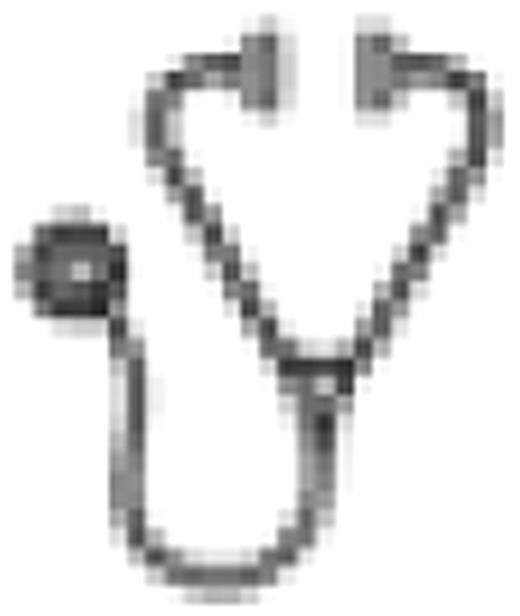Abstract
France SAR3419 (huB4-DM4)is an antibody–drug conjugate composed of a humanized IgG1 monoclonal antibody, huB4, which specifically targets the CD19 antigen, conjugated through a disulfide link to the maytansinoid derivative DM4, a potent tubulin inhibitor. After binding to the CD19 antigen, SAR3419 undergoes internalization, resulting in intracellular release of DM4 that binds to the vinca site. Based on encouraging in vitro and in vivo preclinical activity, a multi-dose phase I study was initiated to determine the maximum tolerated dose, to evaluate the safety, pharmacokinetic properties and anti-tumor activity of SAR3419 in patients with relapsed/refractory B-cell NHL expressing the CD19 antigen. Patients received SAR3419 by IV infusion once every 21 days. Patients were eligible if they had CD19+ relapsed or refractory B-cell lymphoma irrespective of the number of prior treatment regimens, including previous allogeneic stem cell transplant. To date, 29 patients have been enrolled on 7 dose levels ranging from 10-270 mg/m2. The histologic subtypes were follicular (FL;12), small lymphocytic (SLL;5), marginal zone (MZL;2) mantle cell (MCL;5) and diffuse large B-cell (DLBCL;4). The median number of prior treatment regimens was 4 (range 1-11), and 7 patients had prior autologous or allogeneic stem cell transplantation. The dose limiting toxicity (DLT) was reversible severe blurred vision, associated with microcystic epithelial corneal changes. This DLT was first observed in one patient at 208 mg/m2 during cycle 2 (grade 4). Consequently, patients having received the first dose of 270 mg/m2 continued on treatment at the dose of 208 mg/m2. 4 out of the remaining 8 patients treated with 208 mg/m2 experienced at least one episode of reversible grade 3 blurred vision during cycle 2 or a later cycle, requiring treatment with topical steroids and dose delay of 1-2 weeks to allow recovery. Therefore, an additional 15 patients will be dosed at the previous dose cohort of 160 mg/m2 to confirm the safety and to collect preliminary data on the efficacy of this dose. A total of 25 patients have completed at least 2 cycles of treatment with SAR3419 and are evaluable for tumor response. Seventeen (68%) patients demonstrated reduction in their tumor measurements ranging between 7% and 86%, of whom 5 patients achieved partial (n=2) or complete (n=3) remissions. Seven (53%) of 13 patients with rituximab refractory disease demonstrated reduction in their tumor measurement ranging between 15% and 86%. Pharmacokinetic profile of SAR3419 is characterized by linear kinetics, low clearance from 0.4 to 0.7 L/day/m2 and an elimination half-life in the range of 3 to 7 days. Low levels of free DM4 and DM4-methyl were detectable only at and above the dose of 80 mg/m2 (LOQ = 1ng/mL). Their exposure increased with the dose. Collectively, these results demonstrate evidence of acceptable safety and clinical activity of SAR3419 in patients with relapsed B-cell malignancies including those who were refractory to rituximab. Furthermore, the lack of significant hematologic toxicity may provide an opportunity for combining SAR3419 with other active regimens for the treatment of lymphoma. Enrolment continues in the extension cohort at 160 mg/m2.
Younes:sanofi Aventis: Honoraria, Research Funding. Off Label Use: SAR3419. Lambert:ImmunoGen: Employment. Bagulho:Sanofi-Aventis: Employment. Morariu-Zamfir:Sanofi-Aventis: Employment.

This icon denotes an abstract that is clinically relevant.
Author notes
Asterisk with author names denotes non-ASH members.

This feature is available to Subscribers Only
Sign In or Create an Account Close Modal